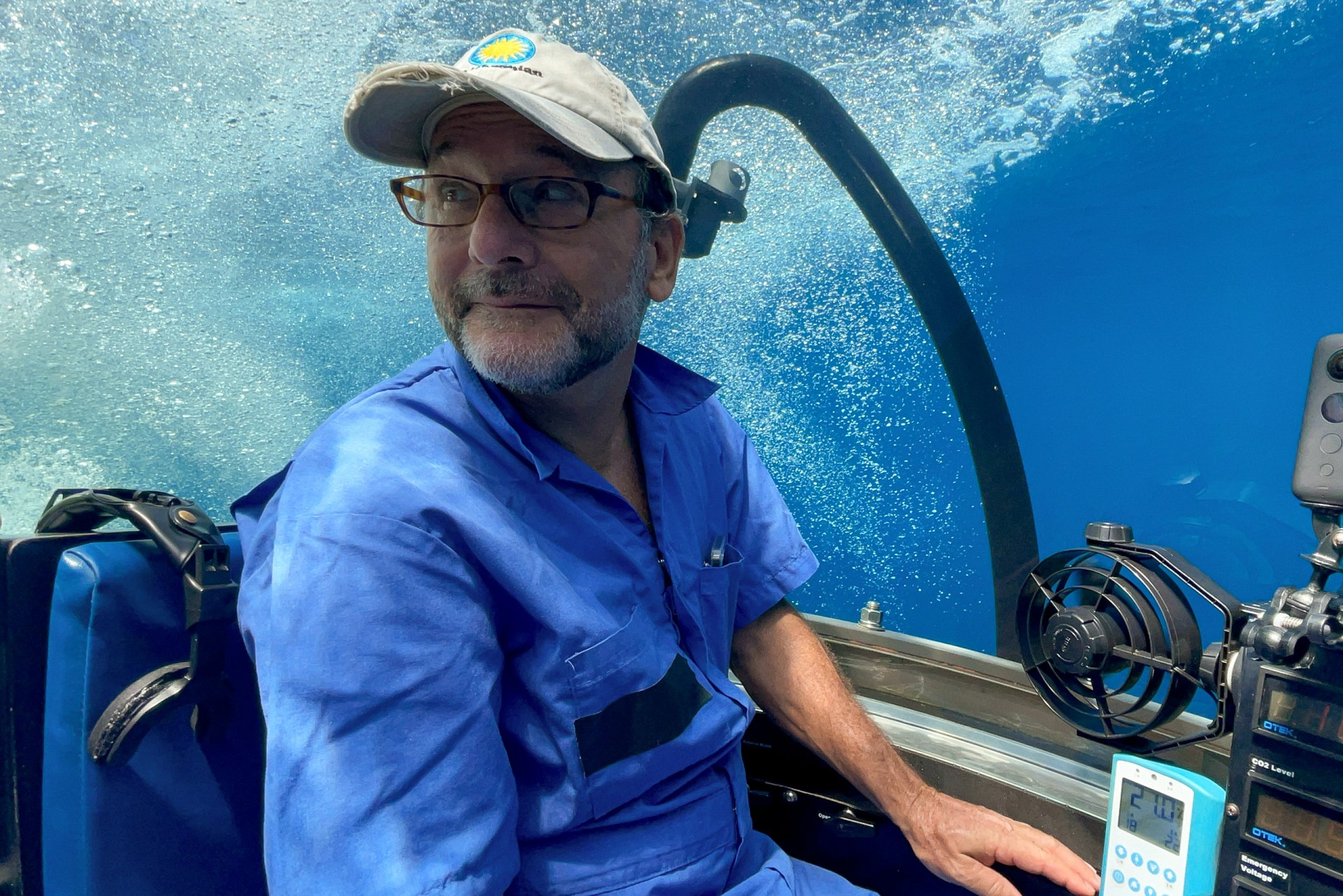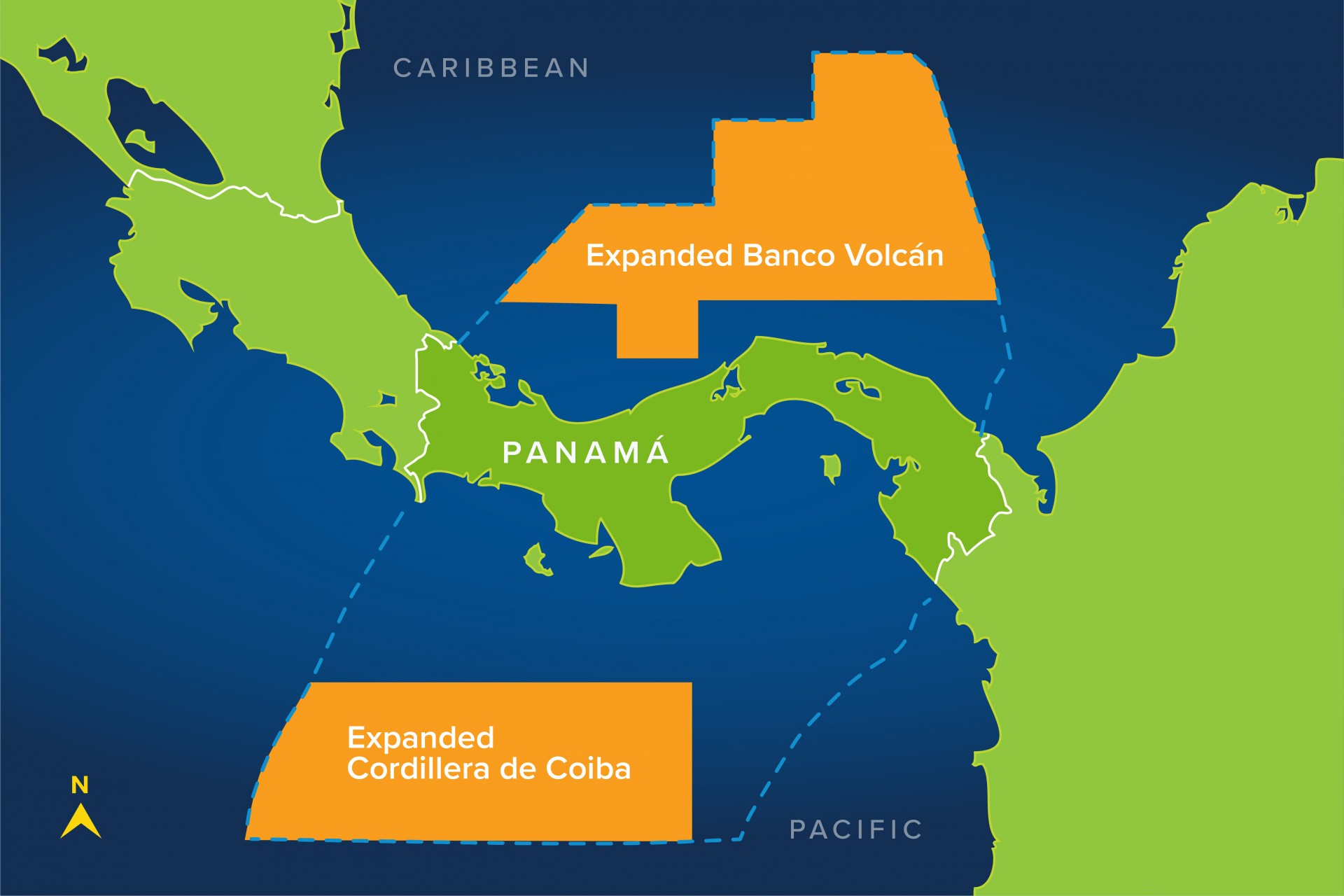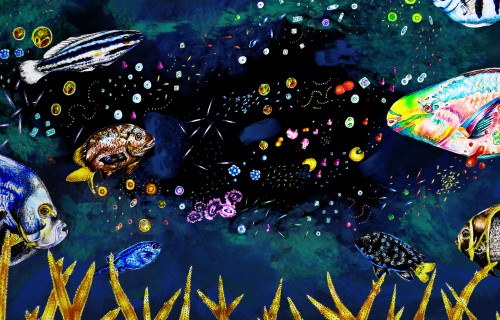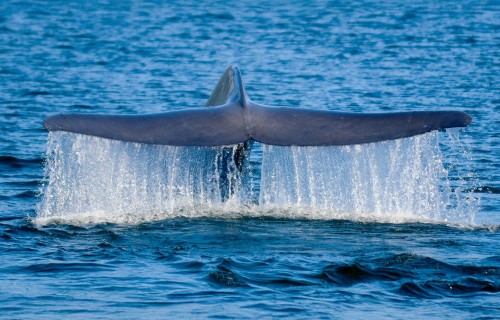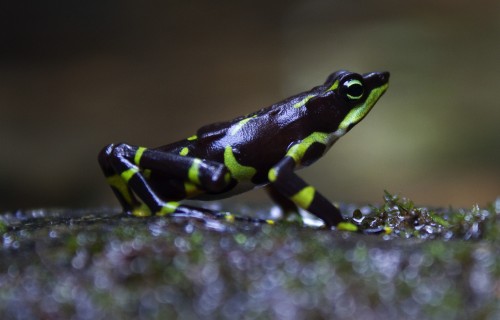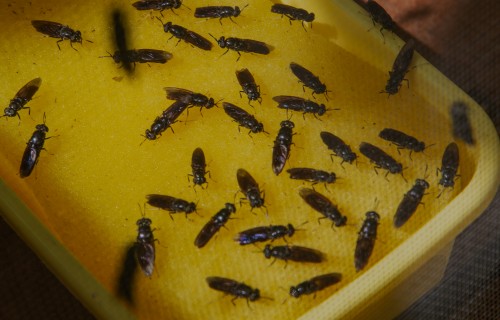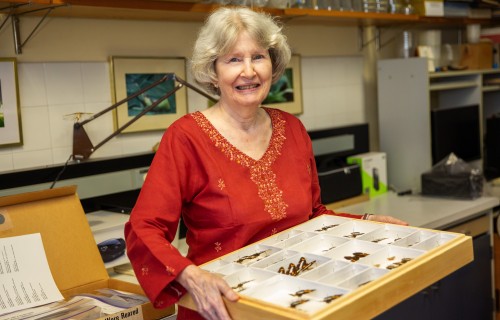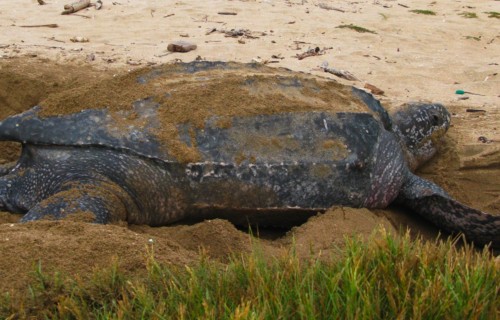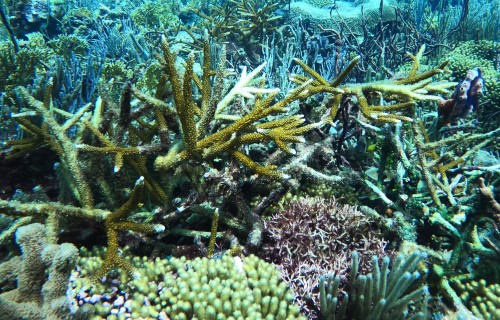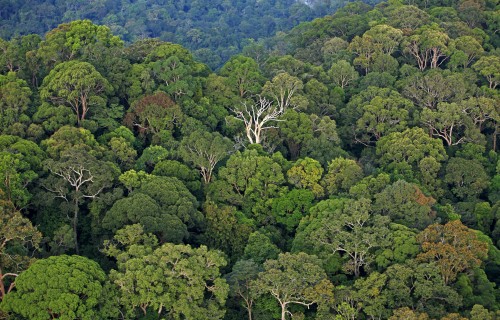Above the tropical forest canopy,
sensors capture the fluxes of gases
between the trees and the atmosphere
Blue
pioneer
Panama protects over 54% of its oceans with the expansion of Banco Volcán
This action will help the country mitigate climate change, protect Panama's deep-sea marine-mountain environments, and safeguard wildlife from human intervention.
With the expansion of the Banco Volcán marine protected area in the Panamanian Caribbean, the Panamanian government with the support of the Smithsonian Tropical Research Institute (STRI), has managed to protect more than half of its oceans. Within the framework of the Our Ocean Conference in Panama City, President Laurentino Cortizo and Minister of Environment Milciades Concepción signed an Executive Decree that gives Banco Volcán 36,058 square miles of protection.
Created in 2015, with 5,487 square miles, the “Banco Volcán Managed Resources Area” is an area with unique natural resources, such as deep mountain ranges and high biodiversity that includes various migratory species and protected and endangered species, all important for the health of the oceans. The proposal to expand its limits was made in response to a request from the Ministry of the Environment last year, after a review of the protected area by STRI scientist Héctor Guzmán and considering the ecological integrity of the region.
For two decades, Hector Guzmán has done cutting edge science to support Panama’s creation of new Marine Protected Areas.
Credit: Ana Endara
The expansion of the Banco Volcán Marine Protected Area in 2023 has not only led Panama to protect more than 54% of its oceans, but will also buffer climate change, protect Panama's deep-sea mountain environments, and help safeguard fauna from human interventions, including several fish and invertebrate species of high commercial value, such as the Caribbean spiny lobster (Panulirus argus). Therefore, this action will have a direct impact on the protection of an important sustainable resource for the indigenous and Afro-Caribbean coastal communities of Panama. In addition, it could maintain the connectivity of migratory routes for oceanic and marine-coastal species in the area that extends along the Caribbean coasts of Jamaica, Colombia, Honduras, Nicaragua, Costa Rica, and Panama.
“With the protection of more than half of its seas, including extensive ocean reserves on both sides of the isthmus, Panama is not only ensuring the conservation of its marine biodiversity and the livelihoods of the people who depend on these ecosystems in the long-term, but is also positioned to lead a much more ambitious regional effort,” said STRI marine biologist and MigraMar co-founder Héctor Guzmán.
Panama’s new Marine Protected Areas bring the total area of protected oceans to more than 50%.
STRI has accompanied the Panamanian government with the scientific bases for the creation of new marine protected areas for almost two decades, starting with the Coiba National Park in 2004 and followed by the Las Perlas archipelago in 2007, both in coastal areas of the Pacific Ocean. In 2015, STRI led the design and scientific justification for the creation of the first two oceanic marine protected areas: Banco Volcán in the Caribbean and Cordillera de Coiba in the Pacific, helping Panama to protect 13% of its oceans. With this, the country surpassed the international Aichi target for biological diversity.
A few years later, in 2021, STRI once again supported the Panamanian government with the scientific data for the expansion of the Cordillera de Coiba marine protected area. With this action, Panama achieved a total of 37,926 square miles of marine protected areas throughout the country and met the goal of the United Nations 30x30 Initiative to protect at least 30% of its marine surface by the year 2030.
“The expansion of Banco Volcan is an essential first step for large-scale regional protection of marine biodiversity,” said STRI Director Joshua Tewksbury. “A lot more science by us and by others will be required to ensure that we do the monitoring of this massive area and ensure that specific policy interventions actually create the sustainable ecosystems we all want.”

